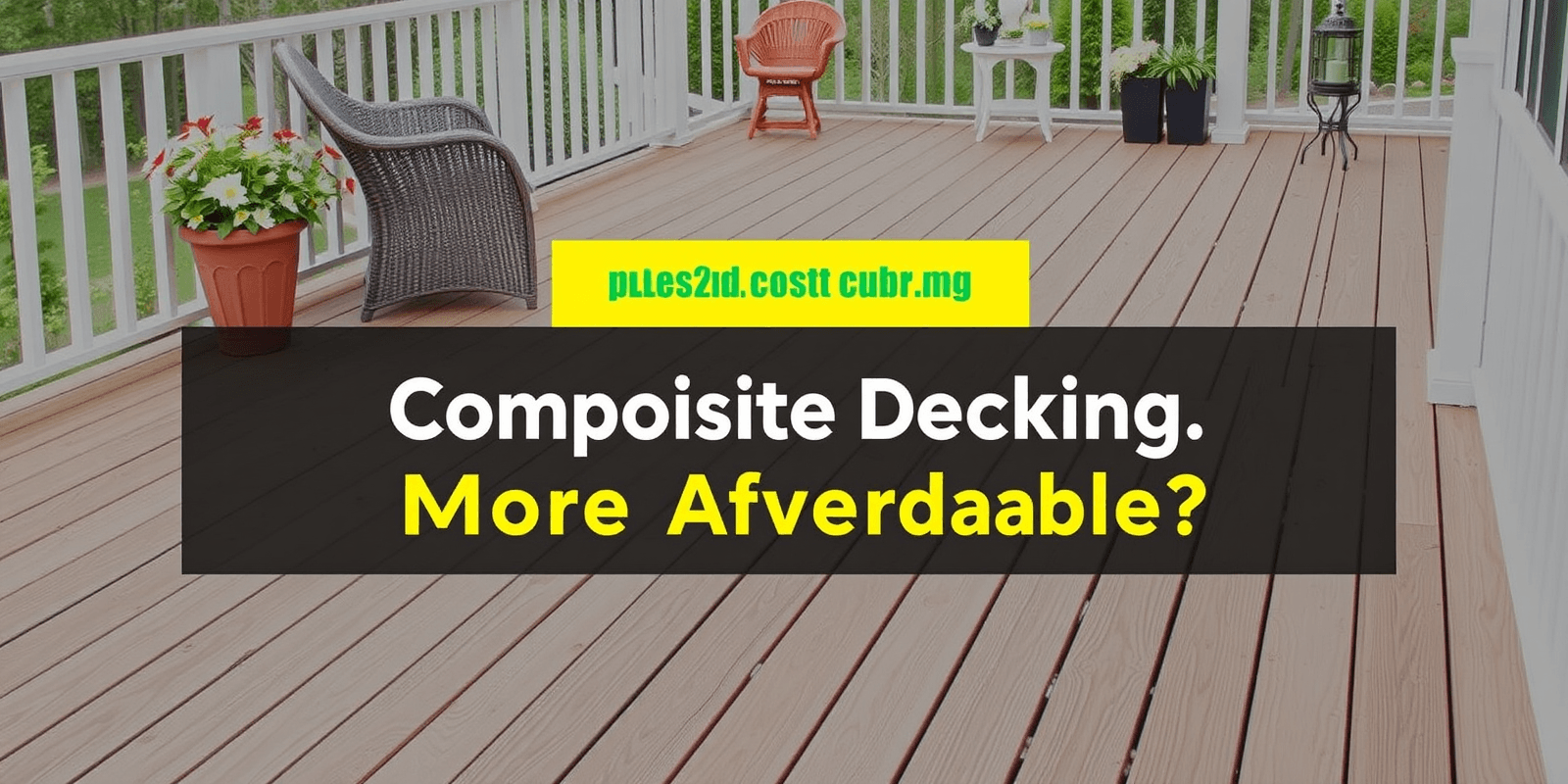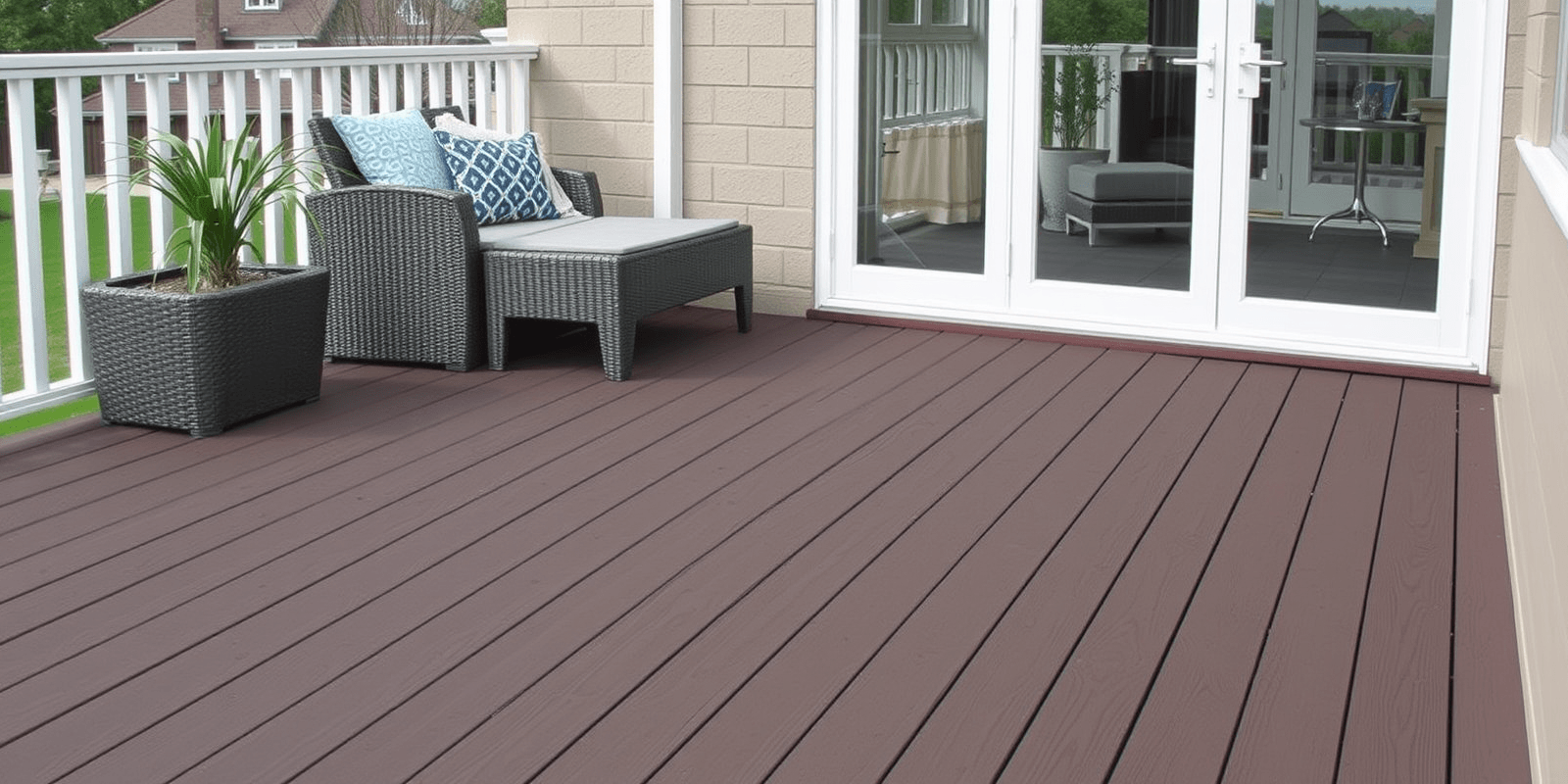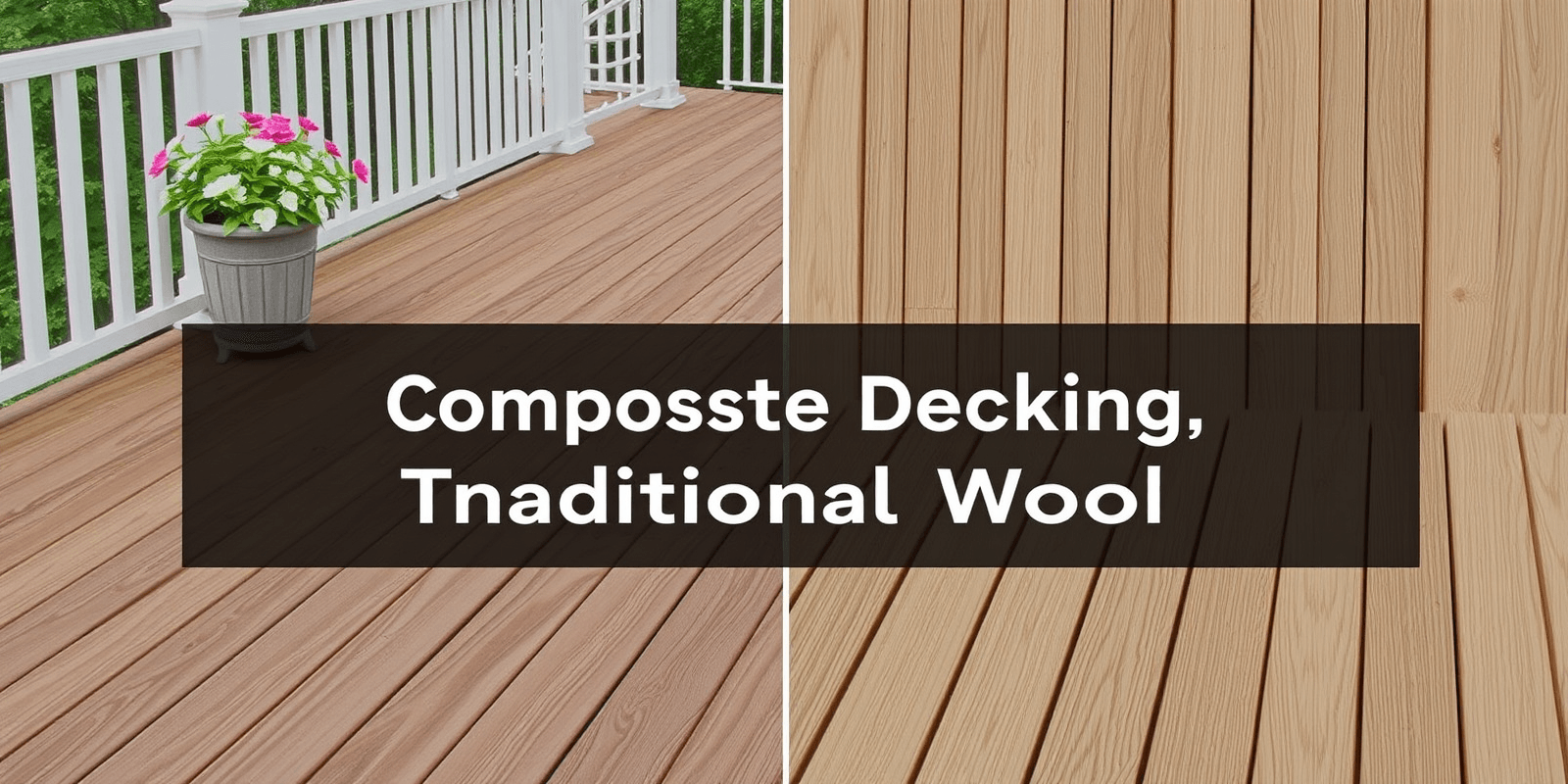Cost of Composite Decking vs. Wood: Which is More Affordable?
Introduction
When it comes to building a deck for your home, one of the most significant decisions you’ll face is choosing between composite and wood materials. Both options offer unique advantages and disadvantages, particularly when considering the cost structure. In this article, we will delve into the initial investment, maintenance costs, and overall lifespan of composite decking versus wood decking. This comparative analysis aims to help readers understand which option might be more economical in the long run.
The Initial Investment: Composite Decking vs. Wood
One of the first considerations when deciding on a deck material is the initial cost. Generally, wood is cheaper upfront compared to composite decking. According to the National Association of Home Builders (NAHB), pressure-treated pine, a common choice for wooden decks, typically ranges from $1 to $5 per square foot, depending on the quality and grade of the wood. On the other hand, composite decking can cost anywhere from $3 to $10 per square foot, making it significantly more expensive initially.
However, it’s important to note that while the initial cost of composite decking is higher, there are several factors that can affect these prices, including brand, quality, and the complexity of the installation process. For example, some premium brands of composite decking can reach up to $15 per square foot. Nonetheless, the general trend remains that composite materials start at a higher price point than traditional wood.
Maintenance Costs: A Long-Term Perspective
While the initial cost is crucial, the ongoing maintenance expenses should also be considered. Wooden decks require regular maintenance to maintain their appearance and structural integrity. This includes periodic staining or painting every few years, as well as routine inspections and repairs for any rotting or insect damage. These maintenance tasks can add up over time, often leading to higher overall costs.
In contrast, composite decking is marketed as a low-maintenance alternative. It does not require painting or staining, and it resists moisture, mold, and mildew better than wood. However, it is not entirely maintenance-free. Composite decks may still need occasional cleaning with soap and water or a specialized cleaner. Additionally, while less frequent, they can develop scratches or fade over time, requiring some form of repair or refinishing. Despite these minor upkeep requirements, the overall maintenance costs for composite decking tend to be lower than those for wood.
Lifespan and Overall Cost Efficiency
Another critical factor in determining the overall cost-effectiveness of each material is their expected lifespan. Pressure-treated wood typically lasts between 10 to 30 years, depending on how well it is maintained and the local climate conditions. Over this period, the recurring maintenance costs can significantly increase the total expenditure.
Composite decking, on the other hand, has a longer lifespan, generally lasting between 20 to 50 years. The extended life span means that homeowners may not have to replace their composite decks as frequently, thereby reducing the frequency of costly replacements. While the initial outlay for composite decking is higher, its durability can result in substantial savings over time.
Moreover, composite decking often comes with warranties that last for decades, providing peace of mind and additional protection against defects or premature wear. This warranty coverage can further reduce the long-term costs associated with owning a composite deck.
Conclusion
When evaluating the cost of composite decking versus wood, it’s essential to consider not just the initial investment but also the maintenance costs and overall lifespan. While wood decks are cheaper to install initially, their high maintenance requirements and shorter lifespan can lead to greater expenses over time. Composite decking, despite its higher upfront cost, offers lower maintenance needs and a longer lifespan, potentially making it the more economical choice in the long run.
Ultimately, the decision between composite and wood decking depends on individual preferences, budget constraints, and long-term planning. By weighing all these factors, homeowners can make an informed choice that best suits their needs and financial situation.
Reference
National Association of Home Builders (NAHB) – Wood Deck Construction



